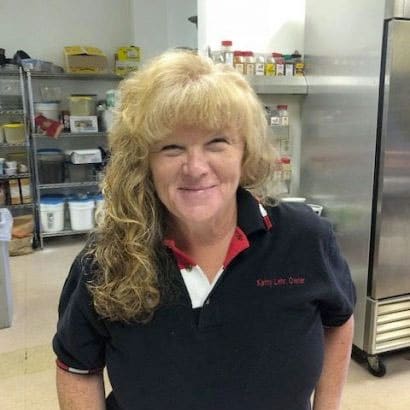The world of event hospitality is being transformed by cutting-edge catering technology, offering innovative ways to enhance guest experiences, streamline operations, and elevate the quality of service. From smart kitchen appliances and advanced food presentation techniques to digital ordering systems and personalized culinary experiences, technology is enhancing catering practices.
In this guide, we’ll explore how the latest advancements in catering technology are reshaping the industry, making events more efficient, customizable, and memorable. Whether you’re an event planner, catering business, or simply someone passionate about hospitality, discover how embracing these technologies can take your events to the next level, ensuring seamless service and unforgettable experiences for your guests.
Streamline Your Success: How Can Catering Technology Enhance Efficiency?
Robotic Catering Assistants: The Future of Serving
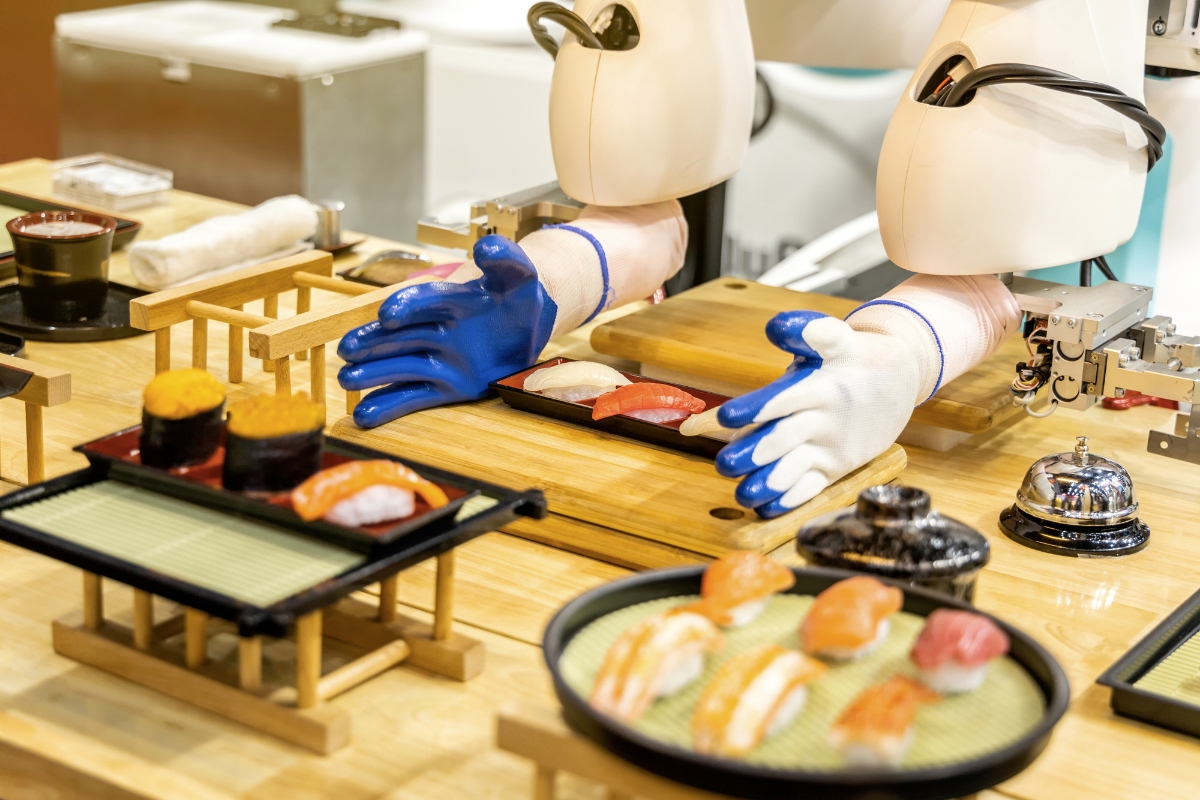
Robotic catering assistants are becoming a game-changer in catering services. These innovative machines bring a new level of efficiency and sophistication to events, seamlessly blending technology with service. Imagine attending a high-end event where sleek robots glide effortlessly through the room, serving guests with precision and grace. This futuristic concept is quickly becoming a reality, transforming the way food is delivered and enhancing the overall guest experience.
One of the key features of these robotic catering assistants is their ability to navigate complex environments with ease. Equipped with advanced sensors and AI technology, these robots can maneuver through crowded spaces, avoiding obstacles and ensuring that each guest receives their meal promptly. Their precise movements reduce the risk of spills and accidents, making them an ideal solution for busy events where traditional waitstaff may struggle to keep up.
Beyond just delivering food, these robots are also capable of interacting with guests in a meaningful way. With AI-driven capabilities, they can answer questions about the menu, suggest dishes based on dietary preferences, and even engage in light conversation. This level of personalization adds a unique touch to the dining experience, making guests feel valued and attended to.
For event planners and caterers, robotic assistants offer significant advantages. By automating the serving process, these machines can help reduce wait times, ensuring that all guests are served in a timely manner. This efficiency frees up human staff to focus on other important tasks, such as managing the overall flow of the event or providing more personalized service to VIP guests.
Interactive Food Customization: Tailoring Every Bite
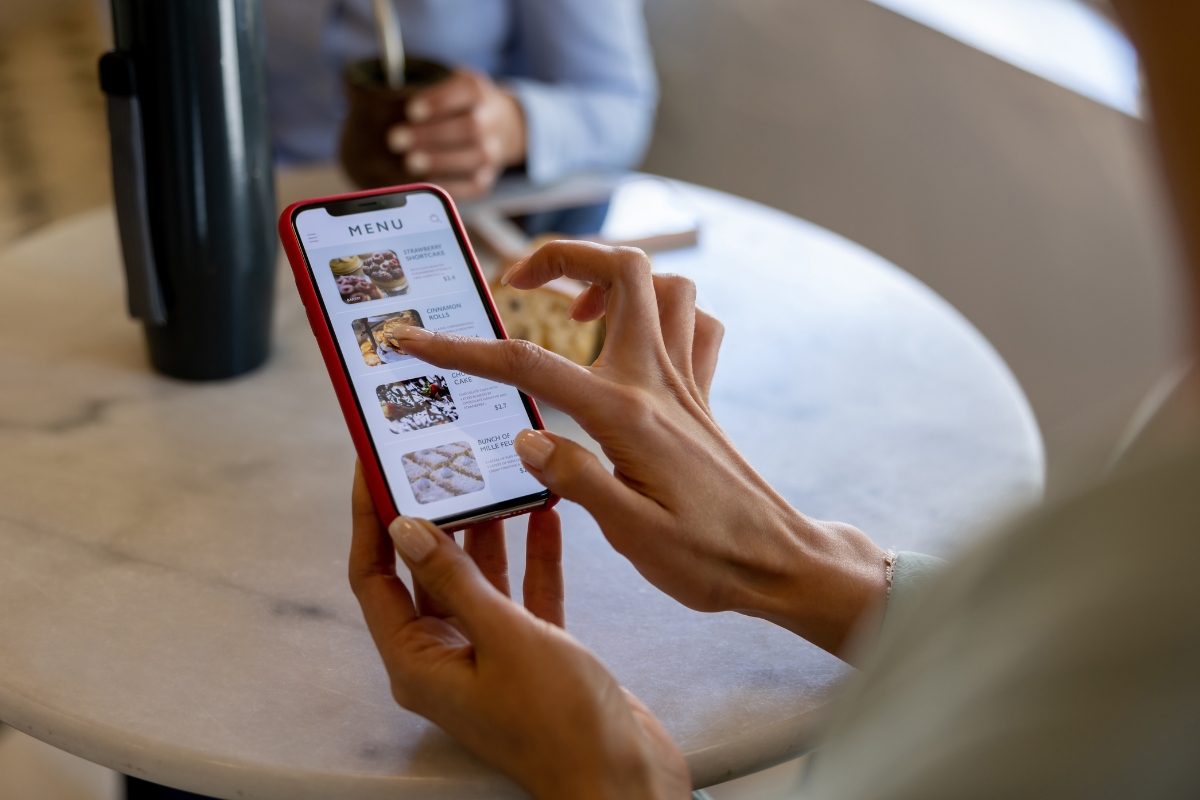
Interactive food customization is revolutionizing catering businesses, making event catering more engaging and personalized. By incorporating touch-screen kiosks or mobile apps, catering customers can craft their meals exactly to their liking. These digital platforms allow guests to choose from an extensive array of ingredients, flavors, and cooking techniques, ensuring that every dish is suited to their individual tastes.
A guest attending a catered event can use a tablet to select their preferred protein, sides, sauces, and even level of spiciness. This high degree of customization not only accommodates dietary restrictions, such as gluten-free, vegan, or keto diets, but also caters to individual flavor preferences. The experience becomes an interactive journey where guests are in control of their culinary adventure.
Moreover, the customization process can also be designed to incorporate visual or interactive elements. Some events have begun using virtual reality or augmented reality to give guests a preview of their dishes before making selections. This adds an element of entertainment, transforming dining into a multi-sensory experience.
In addition to enhancing guest satisfaction, interactive food customization offers valuable insights for event planners and caterers. By collecting data on popular choices, ingredients, and flavor combinations, they can better anticipate trends and preferences for future events. This data-driven approach ensures that menus are not only innovative but also aligned with guests’ evolving tastes.
Virtual Reality Culinary Experiences: A Feast for the Senses
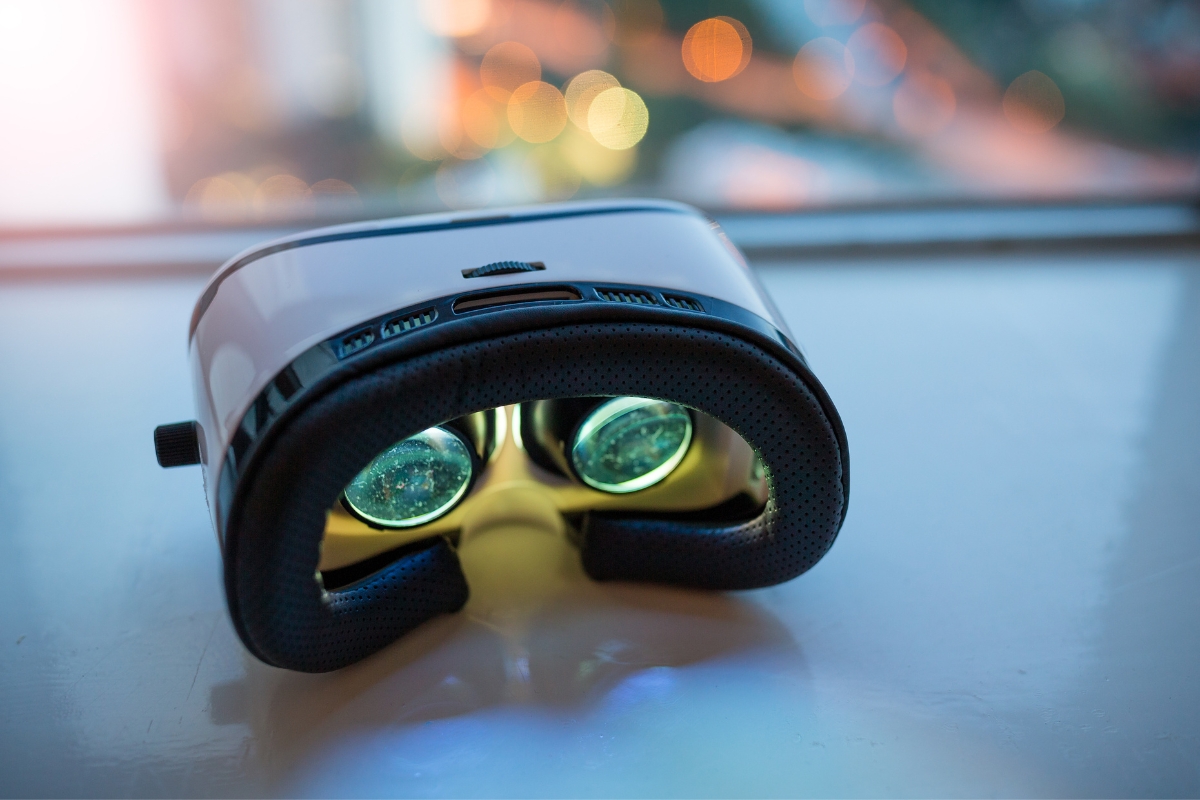
Virtual reality (VR) technology is revolutionizing the way we experience food, blending the boundaries between the physical and digital worlds. VR culinary experiences allow guests to embark on a multi-sensory journey where they can virtually travel to far-off destinations while savoring curated dishes.
Imagine donning a VR headset and being transported to a lively street market in Bangkok. Here, you can see and hear the hustle and bustle while a virtual chef prepares your Pad Thai. The combination of visual immersion, spatial audio, and the actual dish served at your event creates an unforgettable dining experience that engages all the senses.
These experiences are especially popular in high-end events and themed dinners, where the goal is to create an extraordinary atmosphere. By incorporating VR into the dining experience, event planners can elevate the entire occasion, making it memorable and unique for attendees.
VR culinary experiences can also open up endless possibilities for customization. From exploring virtual vineyards to learning about the origins of ingredients, guests can be educated and entertained simultaneously. Imagine enjoying a glass of wine while being virtually transported to the very vineyard where the grapes were harvested, accompanied by a guided tour from the winemaker.
This innovative approach to dining is also beneficial for chefs and restaurants. It allows them to tell a story and showcase their culinary artistry in ways that were previously unimaginable. As the technology continues to evolve, VR culinary experiences are expected to become even more immersive and widely adopted, transforming the future of food and hospitality.
Smart Menu Management Systems: Efficiency in Planning
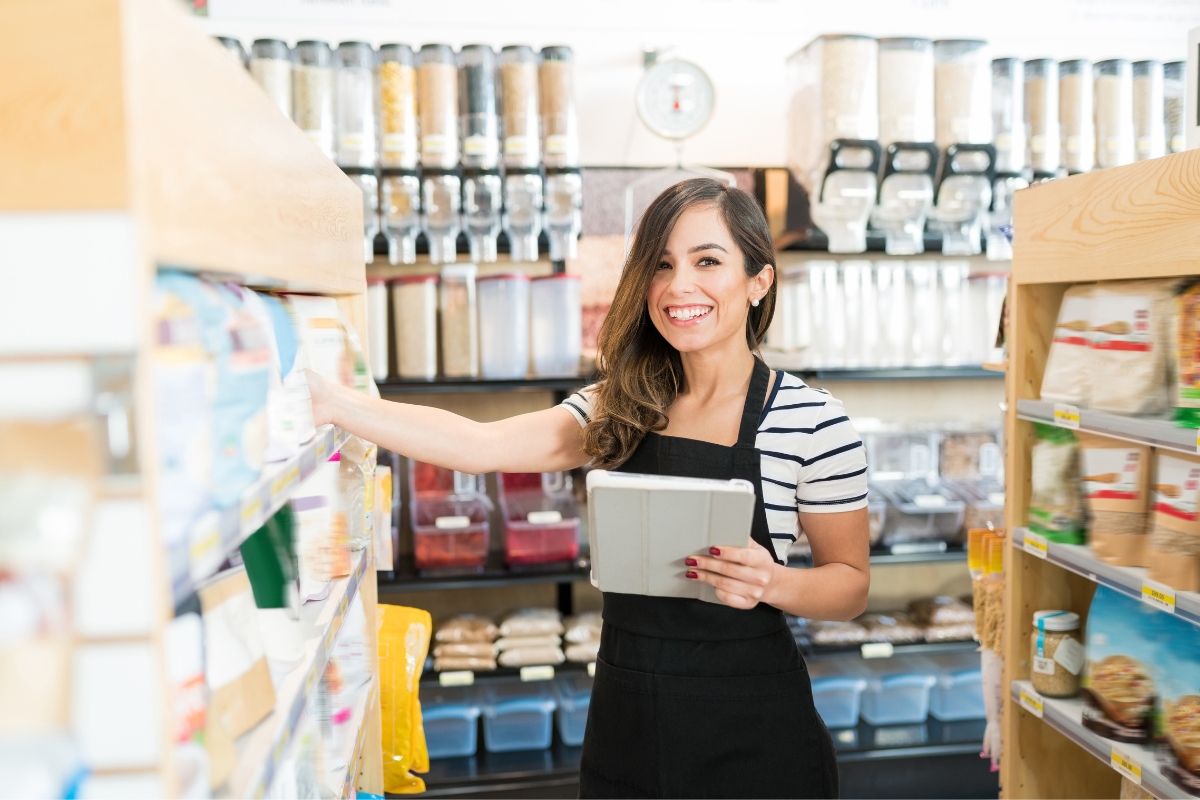
Smart menu management systems improve event planning by offering seamless solutions to the often complex task of menu organization. With these advanced systems, event planners can automate various aspects of menu management, making the process significantly more efficient.
One of the standout features of these systems is their ability to manage ingredient inventory in real-time. This means that as soon as an ingredient is used, the system updates its availability, ensuring that event planners are always aware of what’s on hand. This reduces the risk of last-minute shortages and allows for better budgeting.
Furthermore, smart menu management systems provide the ability to track and store guest preferences, dietary restrictions, and past menu selections. By analyzing this data, planners can tailor menus to meet the specific needs and tastes of their guests, ensuring a personalized and memorable dining experience.
These systems also help reduce food waste by providing portion control insights based on previous events, leading to more sustainable and cost-effective event planning. By combining these features with data analysis tools, caterers and event planners can create dynamic menus that are both appealing and efficient, ensuring that every event runs smoothly and meets the highest standards.
Sustainable Practices in High-Tech Catering: Balancing Innovation and Responsibility
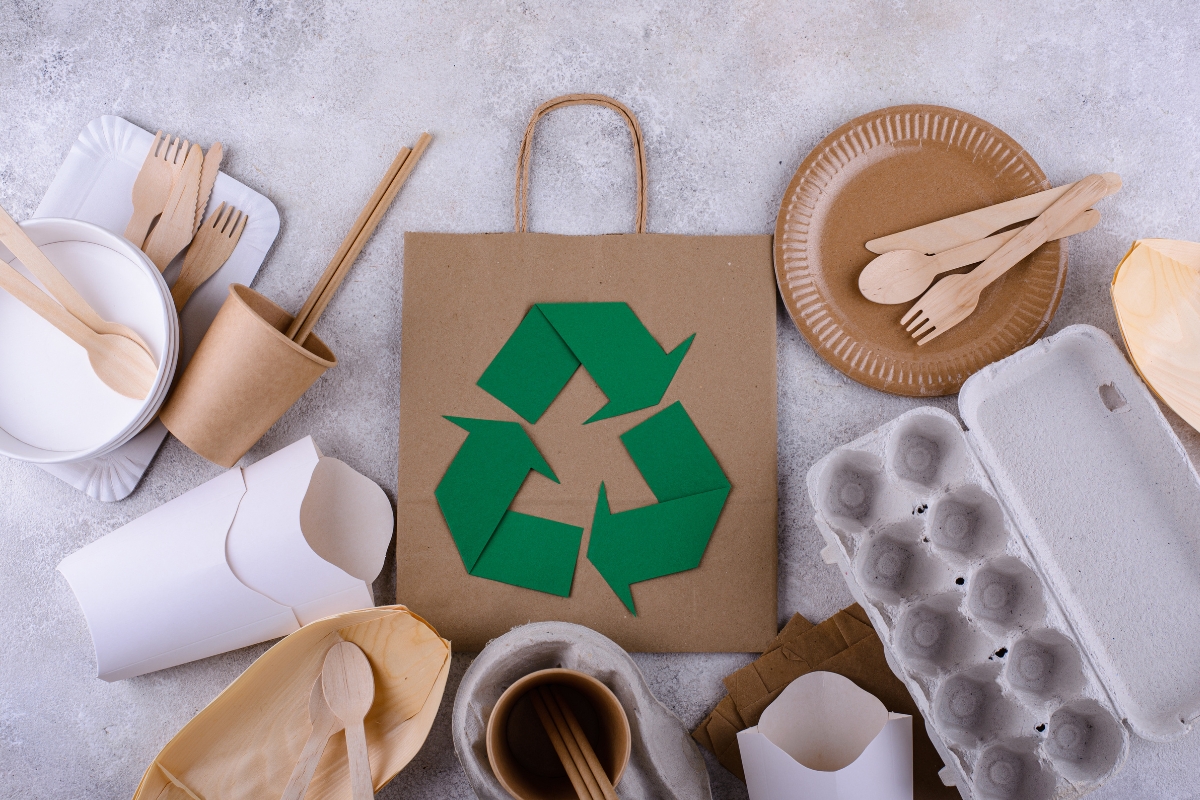
As high-tech catering continues to evolve, balancing innovation with environmental responsibility has become increasingly important. The integration of sustainable practices within this sector not only addresses environmental concerns but also appeals to the growing demand for eco-conscious events.
One significant way that catering companies are achieving sustainability is through the use of eco-friendly packaging and serving materials. Traditional plastic and Styrofoam options are being replaced by biodegradable and compostable alternatives made from materials like bamboo, cornstarch, or sugarcane fibers. These options reduce the environmental impact of single-use items and support waste reduction efforts.
Another focus is on minimizing food waste, a significant concern in the catering industry. Advanced technology, such as smart inventory management systems, allows caterers to better track ingredient usage, shelf life, and purchasing needs. This helps in reducing over-ordering and ensures that perishable items are used efficiently. Catering companies are increasingly partnering with food donation programs to redirect surplus food to those in need, rather than discarding it.
Energy-efficient appliances and equipment are also becoming a standard in high-tech catering setups. From energy-saving ovens to smart refrigeration systems, these innovations help reduce the overall carbon footprint of catering operations.
By combining cutting-edge technology with sustainable practices, the catering industry can continue to innovate while minimizing its environmental impact, ensuring that future events are both technologically advanced and environmentally responsible.
Contactless Ordering and Payment: Enhancing Convenience and Safety
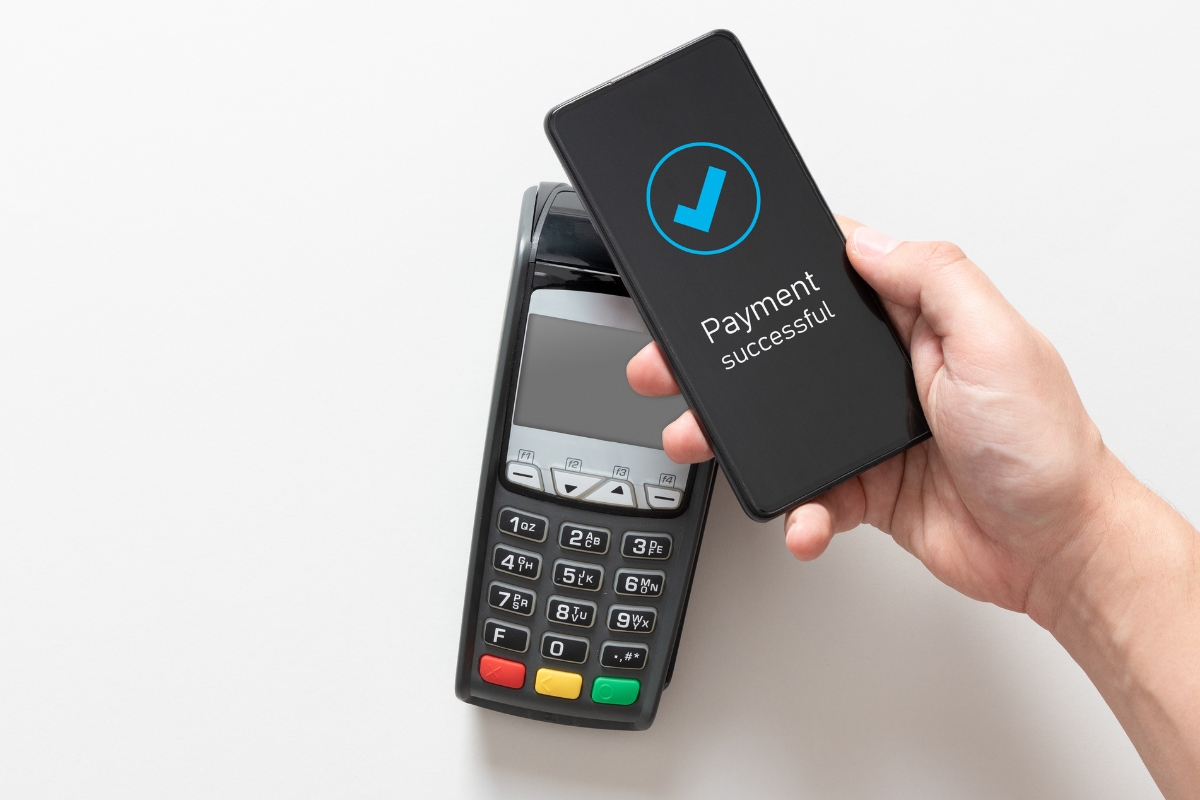
In today’s fast-paced and health-conscious world, contactless ordering and payment systems are transforming the way guests interact with caterers at events. Instead of waiting in long lines or handling cash, attendees can simply place their orders using smartphones or other personal devices. This technology not only speeds up the ordering process but also ensures a smoother, more efficient experience for both guests and event staff.
Contactless payment methods, such as mobile wallets and QR code scanning, further streamline transactions by eliminating the need for physical currency or card swipes. These systems enhance safety by reducing touchpoints, which has become especially important in a post-pandemic landscape. With the growing emphasis on hygiene and minimizing physical contact, contactless ordering and payment systems provide peace of mind to guests and caterers alike.
These technologies offer more opportunities for personalization. Guests can customize their catering orders, review nutritional information, and even receive tailored recommendations, all from their devices. This enhances the overall guest experience, making events more enjoyable and user-friendly.
For caterers, contactless systems also provide valuable data on guest preferences and ordering habits, which can be used to improve future services and enhance your catering. By embracing these innovations, catering companies can ensure they remain competitive while prioritizing guest convenience and safety.
AI-Powered Event Insights: Enhancing Operational Efficiency

Artificial intelligence (AI) is having an effect on modern event catering by providing valuable insights that enhance operational efficiency. AI-powered event insights can analyze large volumes of data, including attendee preferences, traffic flow, and resource allocation, to optimize various aspects of event planning and execution.
AI can analyze historical data and real-time information to predict the number of attendees at different times during the event. This allows event planners to allocate resources, such as food, staff, and seating arrangements, more effectively. By doing so, they can reduce waste and ensure that guests have a seamless experience.
Additionally, AI-powered tools can track attendee preferences and behaviors, allowing caterers to tailor menus and services to better meet the needs of their guests. This level of personalization enhances the overall event experience, making it more memorable and engaging for attendees.
Moreover, AI can streamline communication between event organizers, vendors, and staff, ensuring that everyone is on the same page and that tasks are completed efficiently. This reduces the likelihood of miscommunication and ensures that events run smoothly.
Augmented Reality Table Settings: Creating Immersive Dining Environments
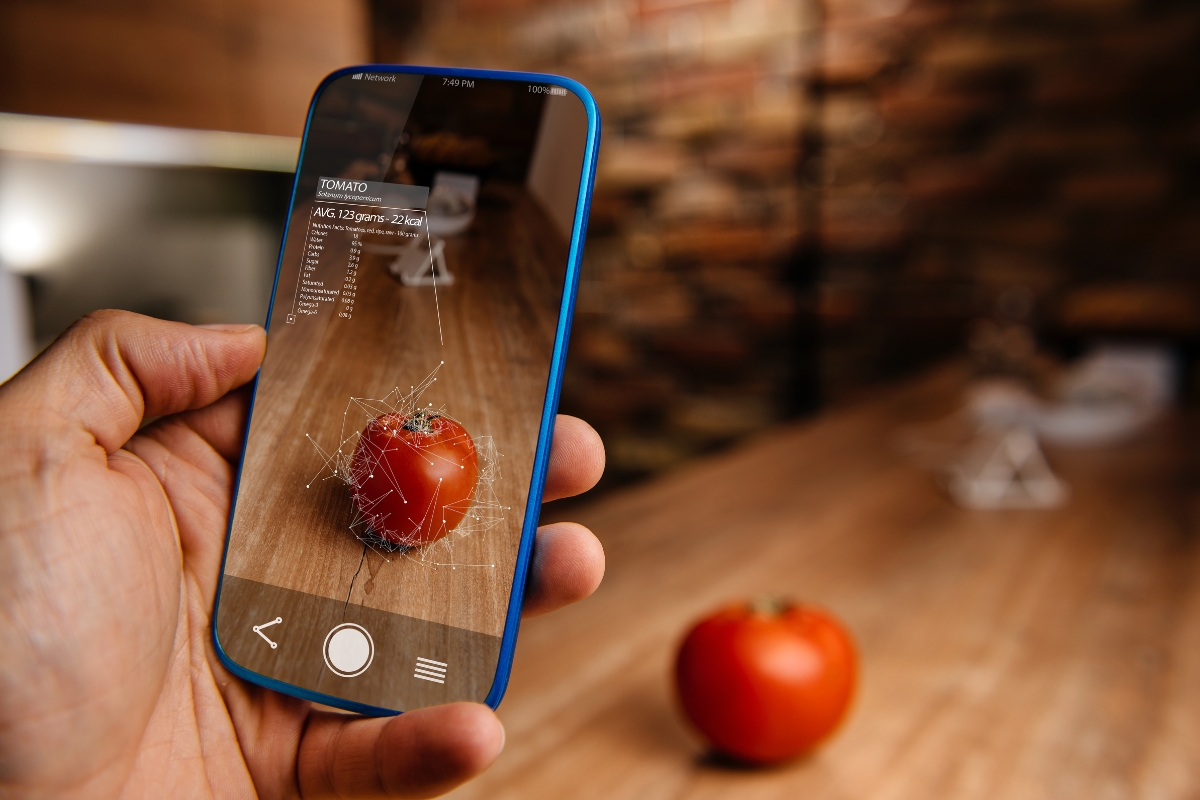
Augmented reality (AR) is transforming dining by adding layers of interactivity and personalization to the experience. AR table settings allow guests to immerse themselves in an environment that goes beyond traditional décor, offering dynamic and engaging elements.
For instance, AR can project virtual decorations onto the table, such as animated flowers blooming or candles flickering, enhancing the ambiance of a meal. The technology can also be used to display personalized messages, such as a welcome note or a birthday greeting that appears directly on the plate as soon as the guest sits down. For special occasions, AR can even create virtual fireworks displays or other celebratory animations that interact with the physical space.
Restaurants and event planners are increasingly using AR and catering software to create themed dining experiences. For example, a beach-themed event could feature virtual waves gently lapping at the table’s edge or seagulls flying overhead, all visible through AR-enabled devices. These immersive settings not only captivate guests but also encourage social sharing, as diners are likely to capture and post their unique dining experiences on social media.
Incorporating AR into table settings is a forward-thinking way to blend technology with tradition, creating memorable dining experiences that engage all the senses.
Conclusion: The Ongoing Evolution of Event Hospitality through Catering Software and Technology
The world of event hospitality is constantly evolving, driven by cutting-edge catering technology. From robotic catering assistants to virtual reality culinary experiences, these advancements are revolutionizing the way we plan and experience events.
Embracing cutting-edge catering technology can transform your event hospitality, ensuring a seamless and unforgettable experience for your guests. For top-tier service that blends innovation with delicious cuisine, choose A Delightful Bitefull Catering. Our team is ready to elevate your event with personalized catering solutions that impress. Contact us today at (770) 565-4146 to discuss your event needs and discover how we can make your occasion truly special. Let A Delightful Bitefull Catering lead the way in modern, exceptional hospitality.


